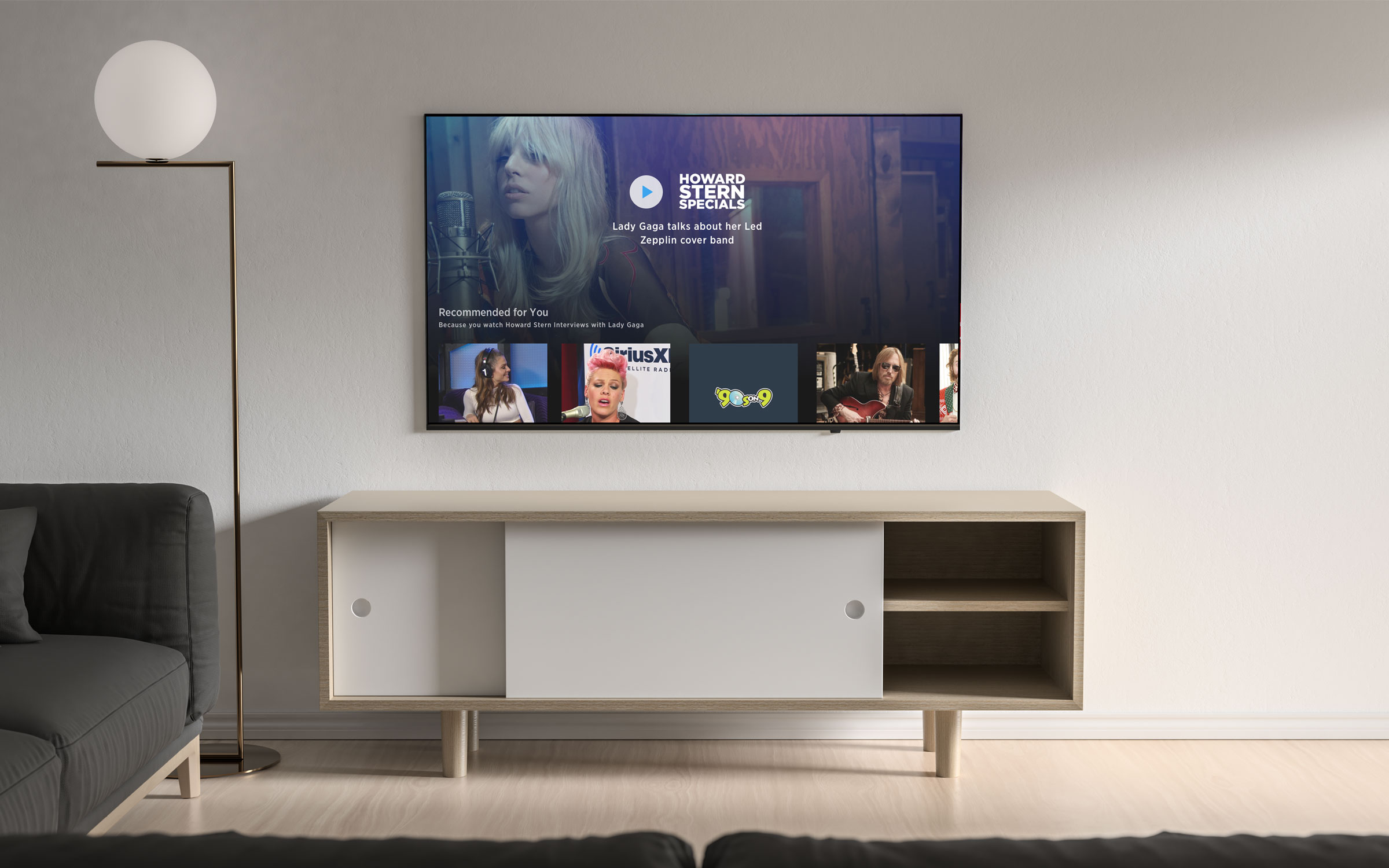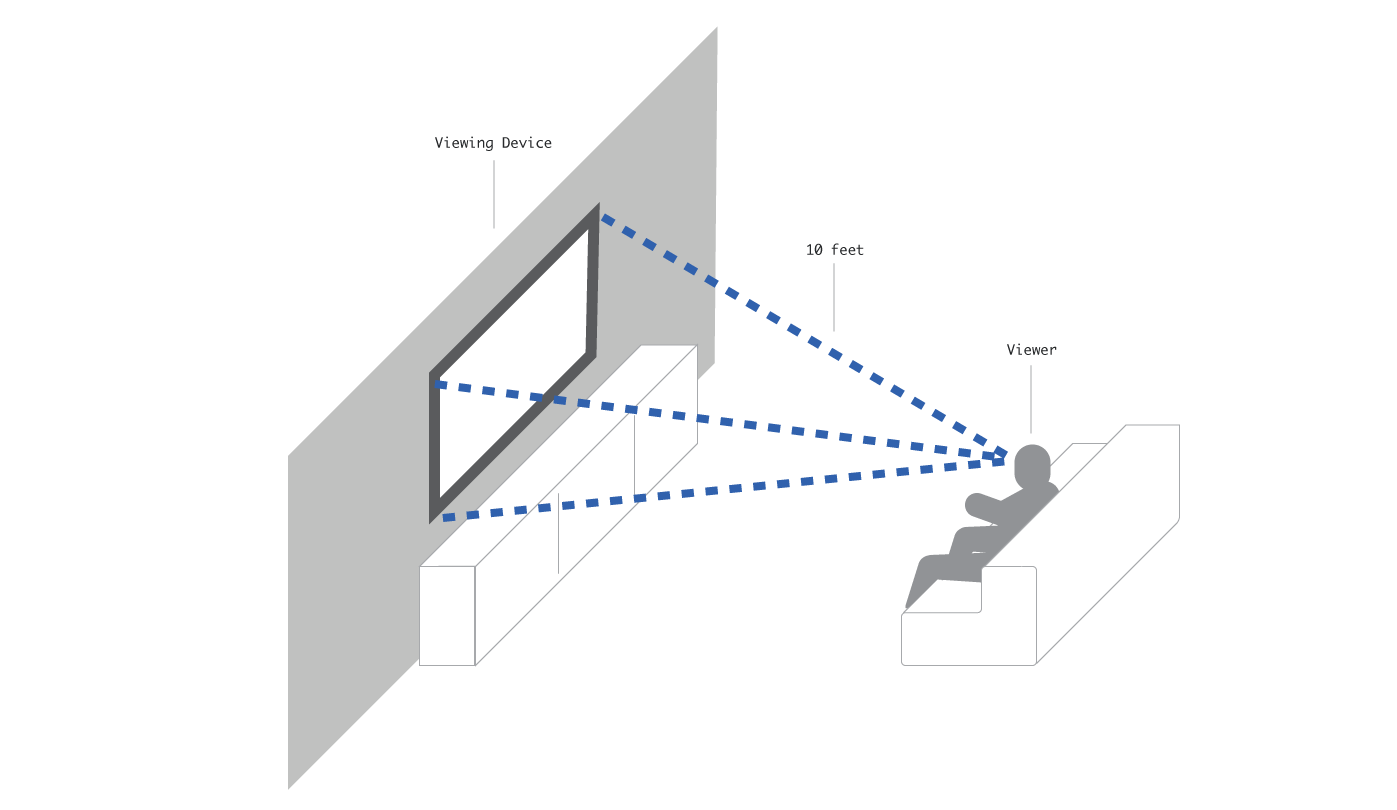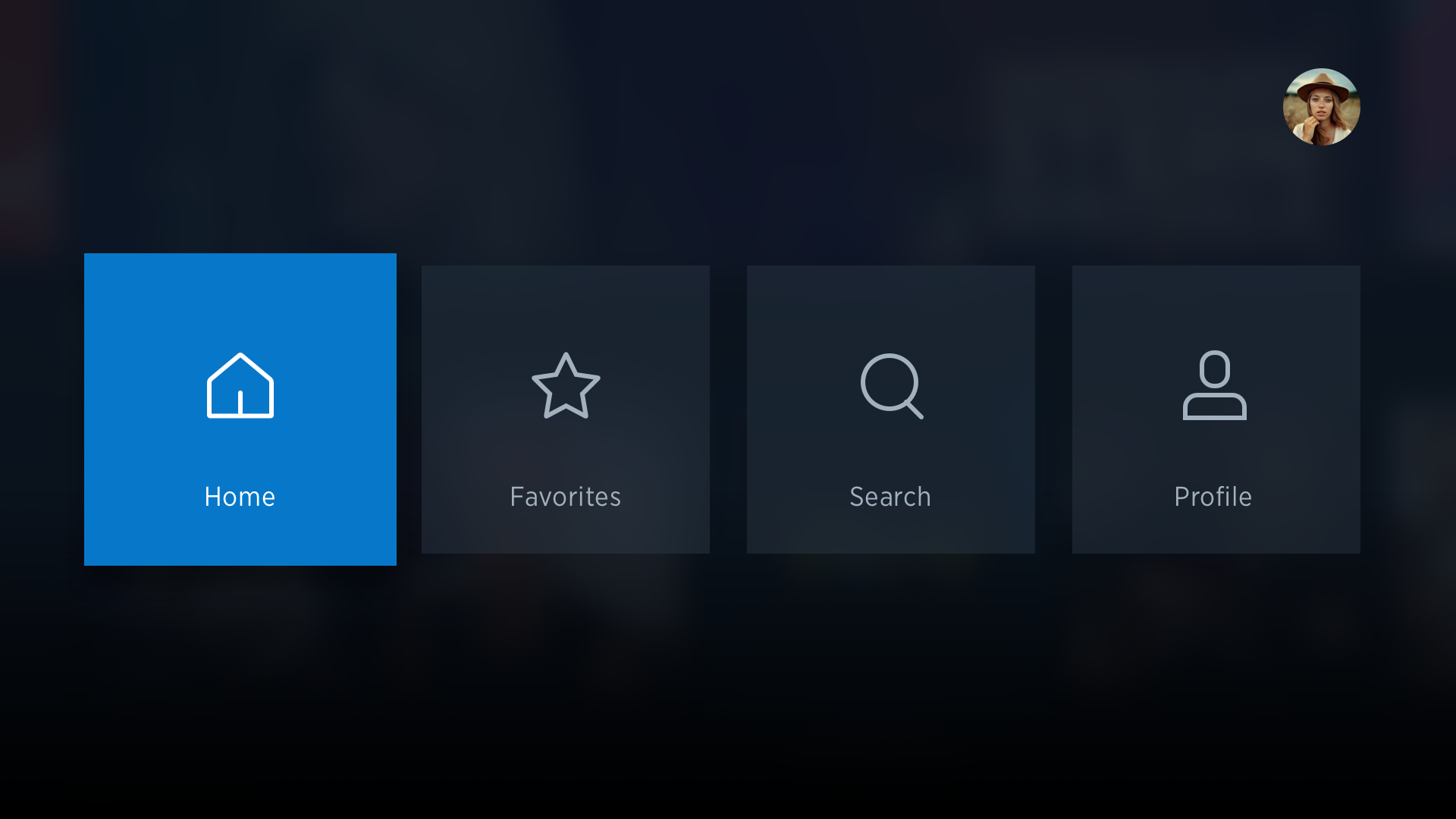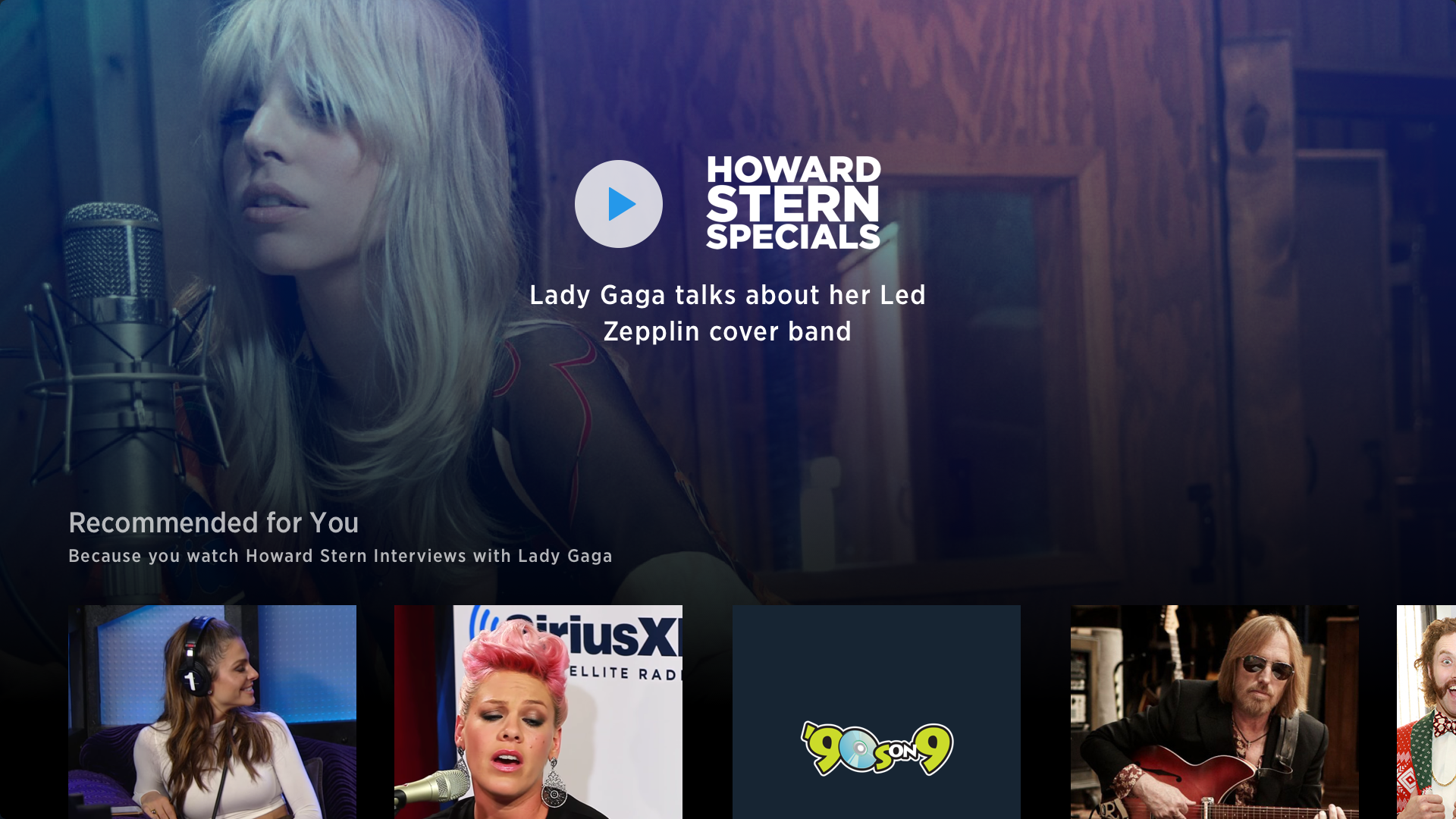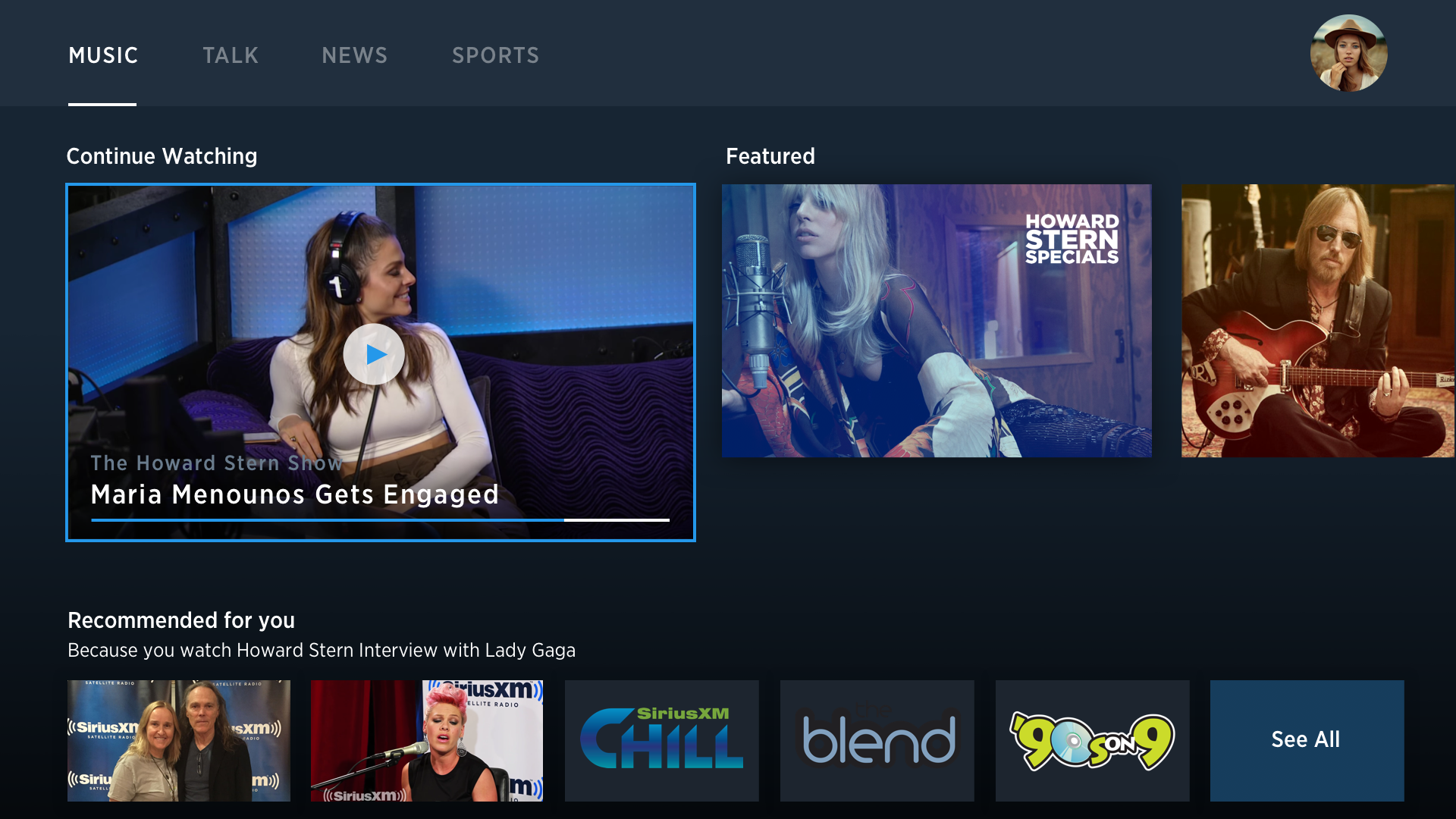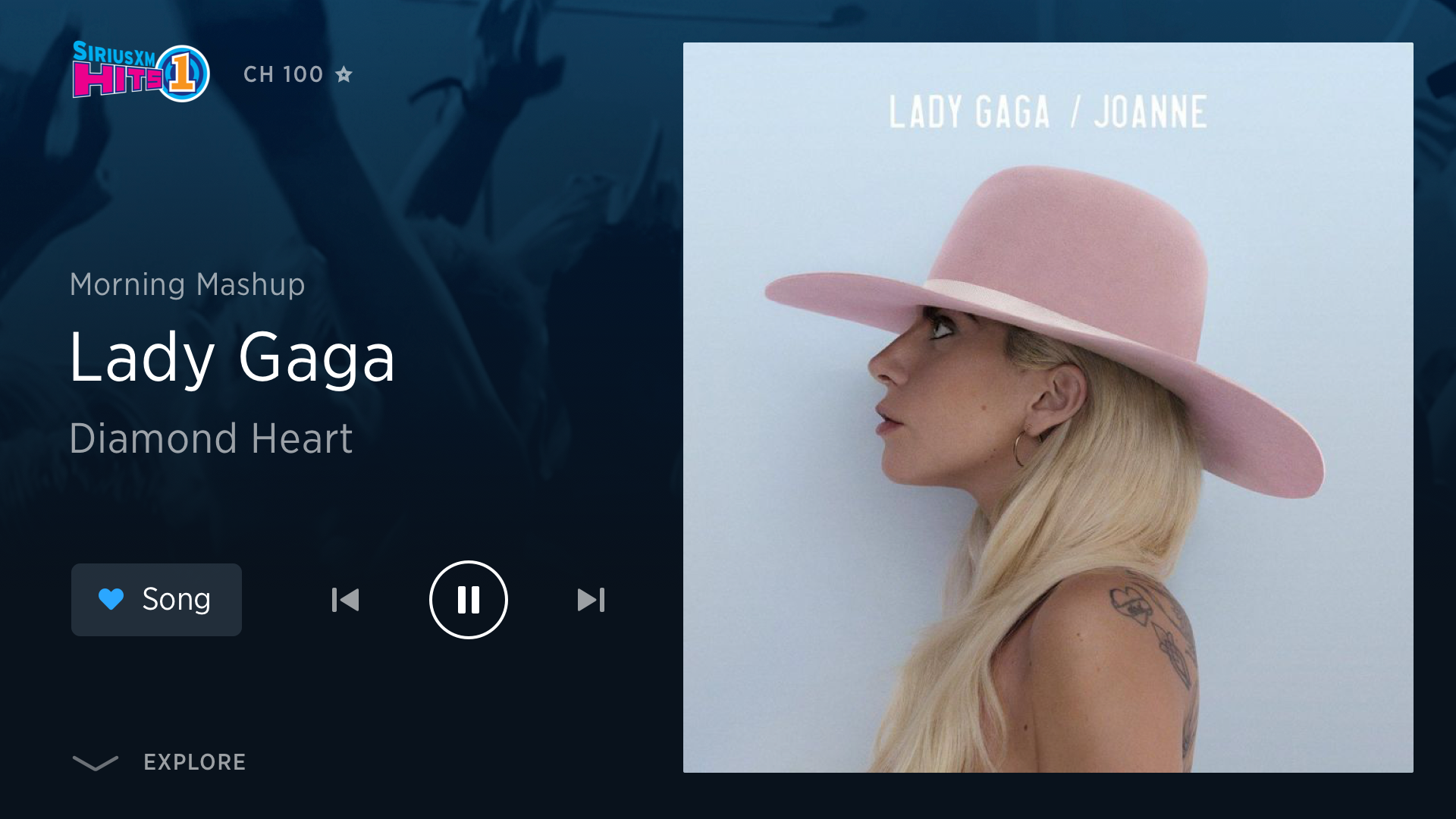Sirius XM - Platform
Service Design | Interaction | Design System
The entertainment service asked frog to design the first system in which they would have complete control over the content curation, visual direction and user experiences. The initial phase was to design a reference platform for manufacturers, the second was adding personalized experiences, the third was bringing patterns into mobile and television platforms.
31.3M Subscribers
In the North American market, SiriusXM had more paying subscribers in 2016 than Pandora, Spotify and Apple Music combined.
+$4 Billion
Just after reviewing the 360L vision in 2016, Barclay’s analysts raised SiriusXM’s target price by ~18%–an increase that would represent more than $4 billion in market cap.
1 Million Vehicles
The first in-vehicle implementation of 360L was unveiled in the 2019 Dodge RAM 1500. In 2020, GM is expanding its SiriusXM offering by including 360L on select models in nearly 1M vehicles.
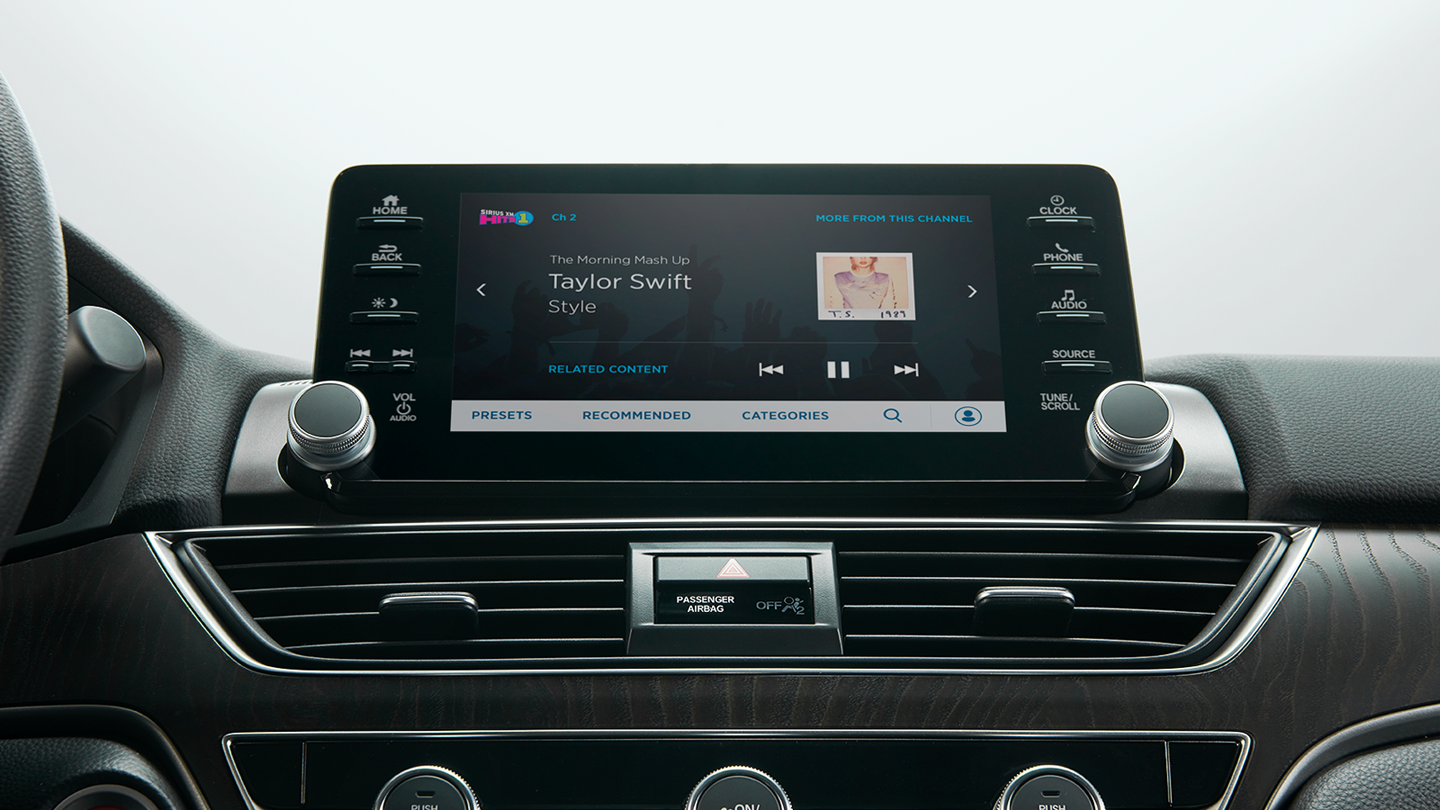
Generative Research
We conducted a research study in people's vehicles and homes to better understand how they engage with media services on a daily to weekly basis. We asked about their habits, motivations, pain points, and happy paths around with any other form of listening or watching experiences. This information collection would act as a guide as we moved into ideation.
Ideation Workshop
We designed and hosting a workshop to capture ideas from subject matter experts and stakeholders. There were 3 stages in the workshop–write and sketch initial ideas, partner someone to build them up more, vote on a few concepts that resonate with key decision makers that were in the room.
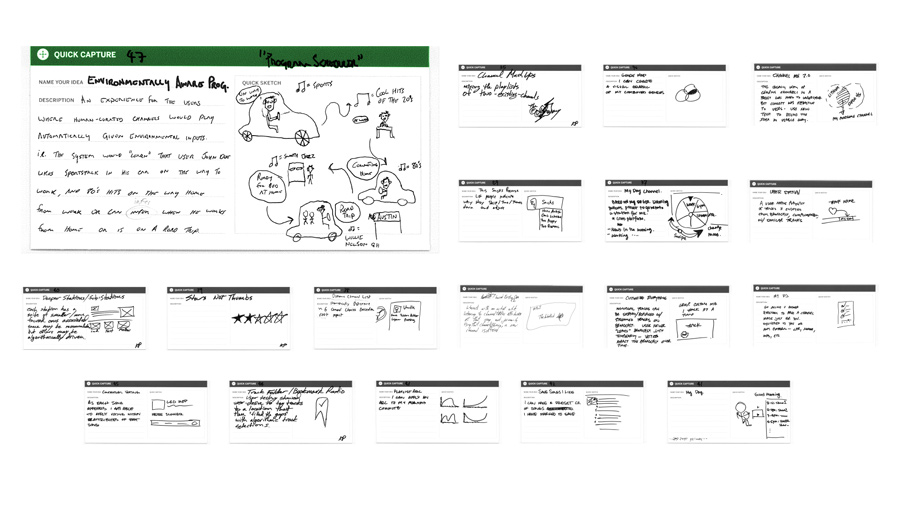

Synthesizing and finding themes
Once we had a large volume of ideas we were able to find patterns and likeness between them. We build these up and developed write-ups that would better articulate a clear concept. Once this was done we had the same group prioritize the concepts they felt would provide the greatest value and listening experience to the customers.
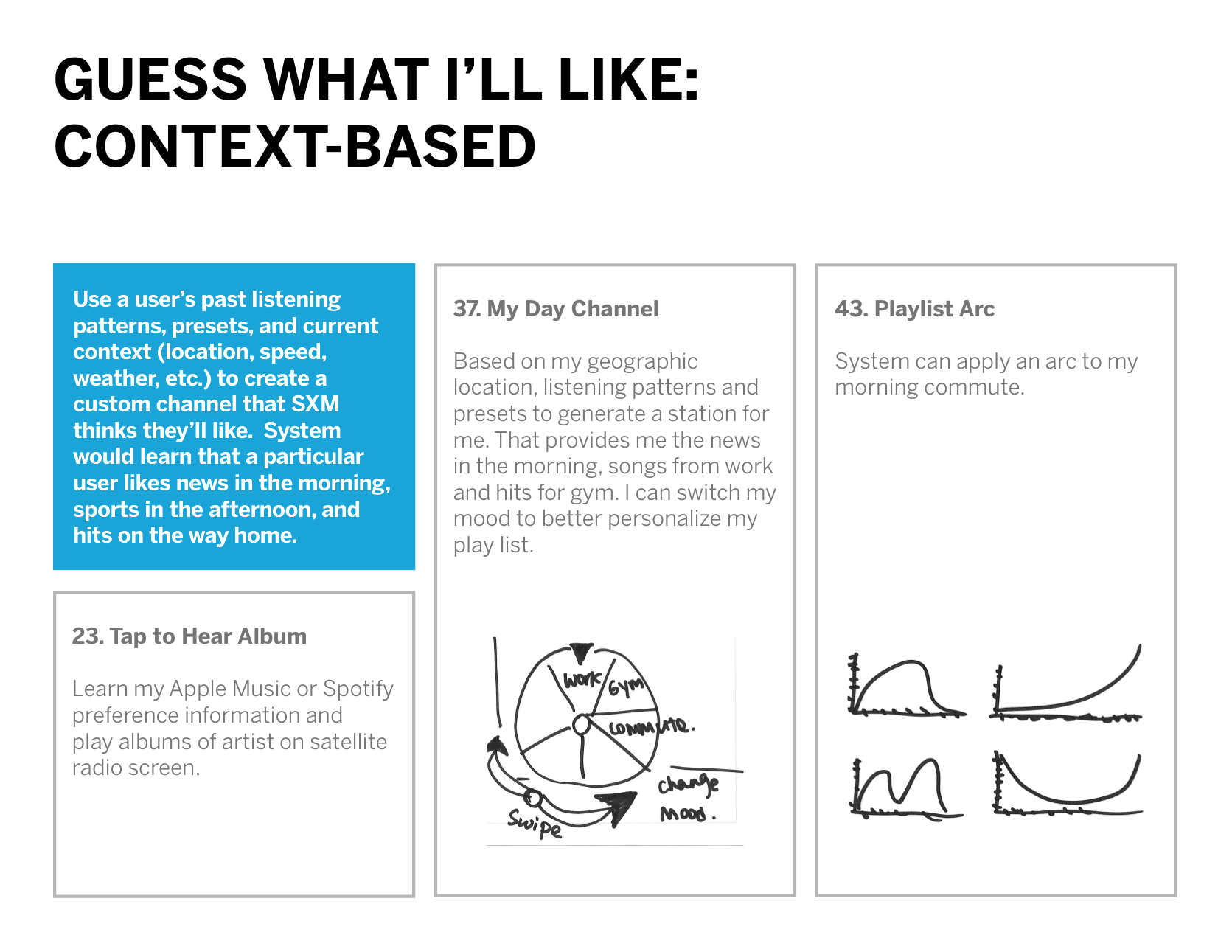

Concept definition and validation
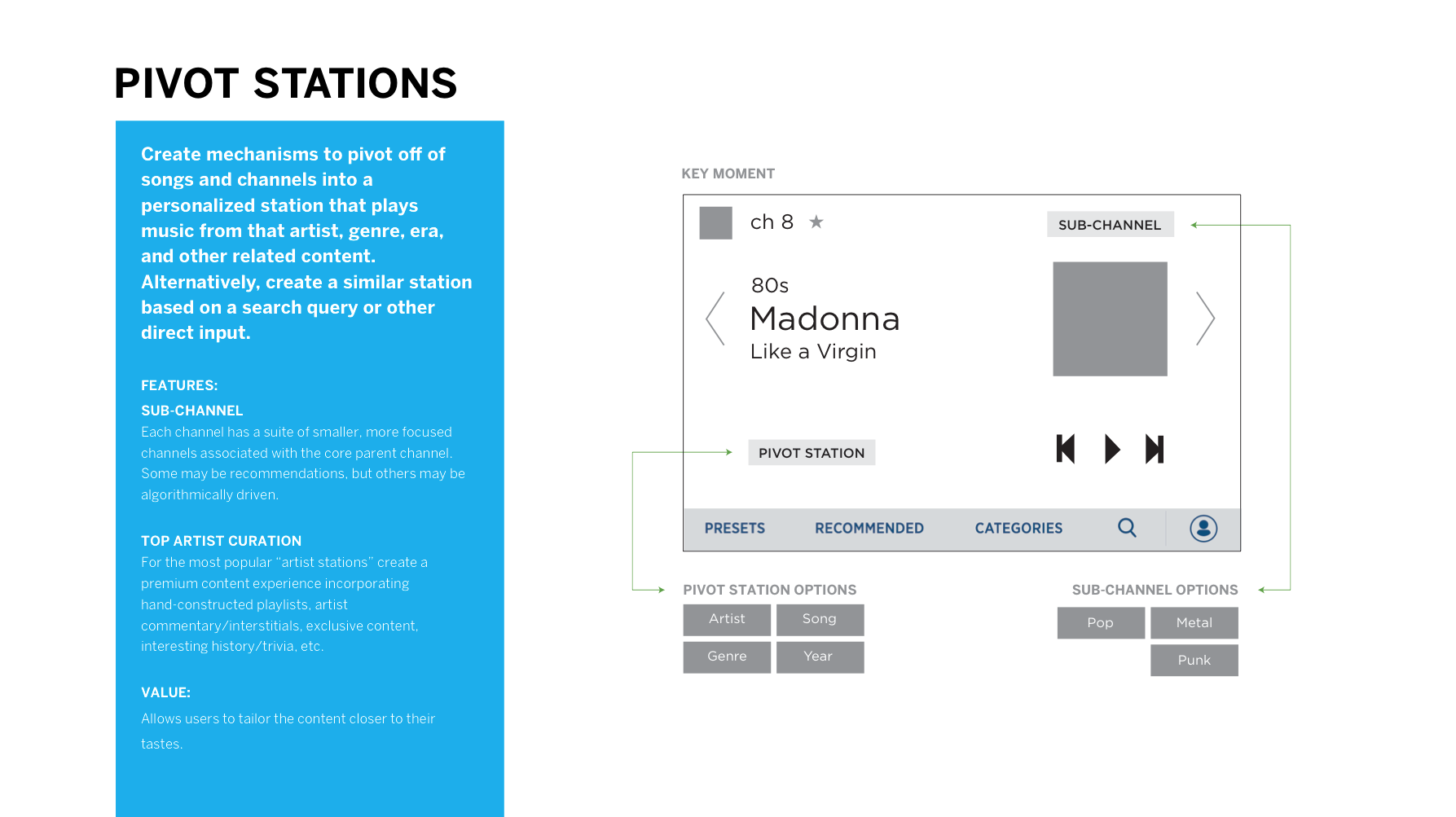
Personalization Content Strategy
This models the landscape of song, genre and channel clusters. We need to better understand how a listening experience can traverse multiple genres and decades without having startling moments and sharp transitions. The business problem was that we couldn't allow users to stay on IP based custom channels (unique to user, many-to-many) as it costs the company about 1 dollar per song, opposed to satellite-based experiences (same for everyone, one-to-many) as they cost the company about 1 penny per song. Our challenge was to assure a seamless experience whether on a user-created channel(IP), or a SXM program channel(satelitte).

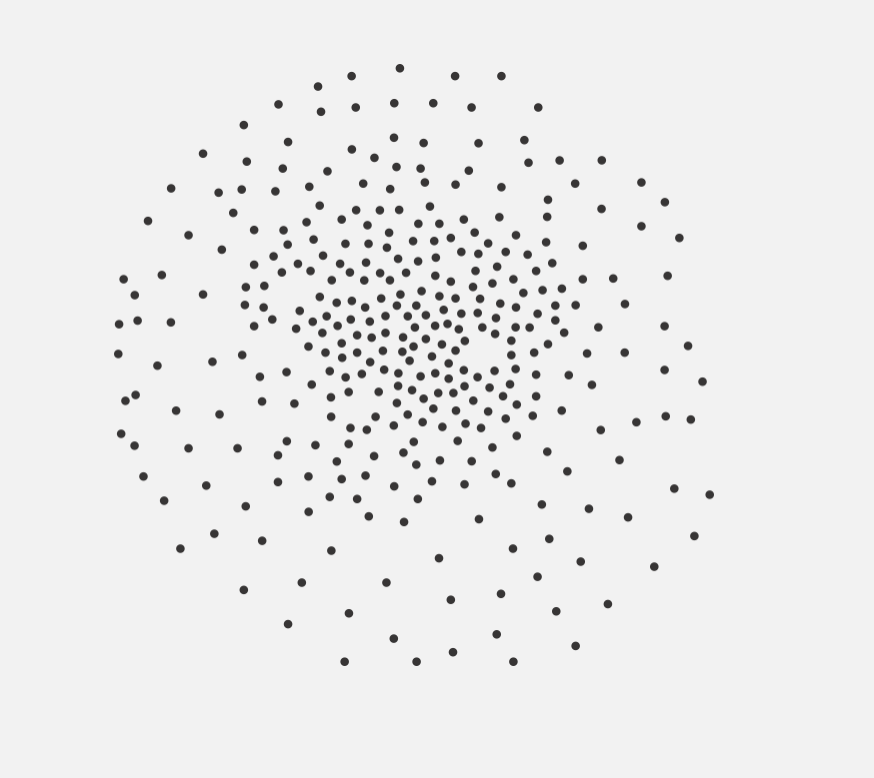
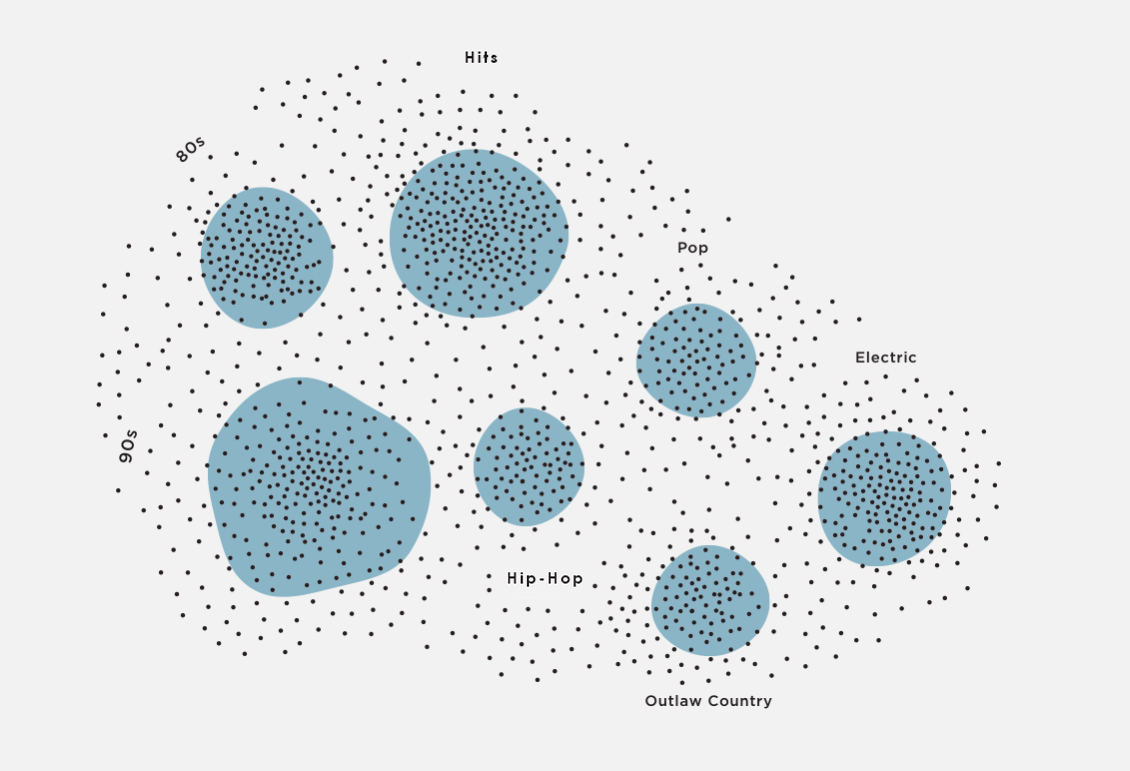

Machine learning scoring algorithm
This model helped determ how to traverse a genre or channel without a jarring listening experience. Some of these criteria are strictly defined, such as the tempo, and some may have multiple values, Pop & Rock. Others are more qualitative and curated by a music programming specialist, like "Good for a BBQ."
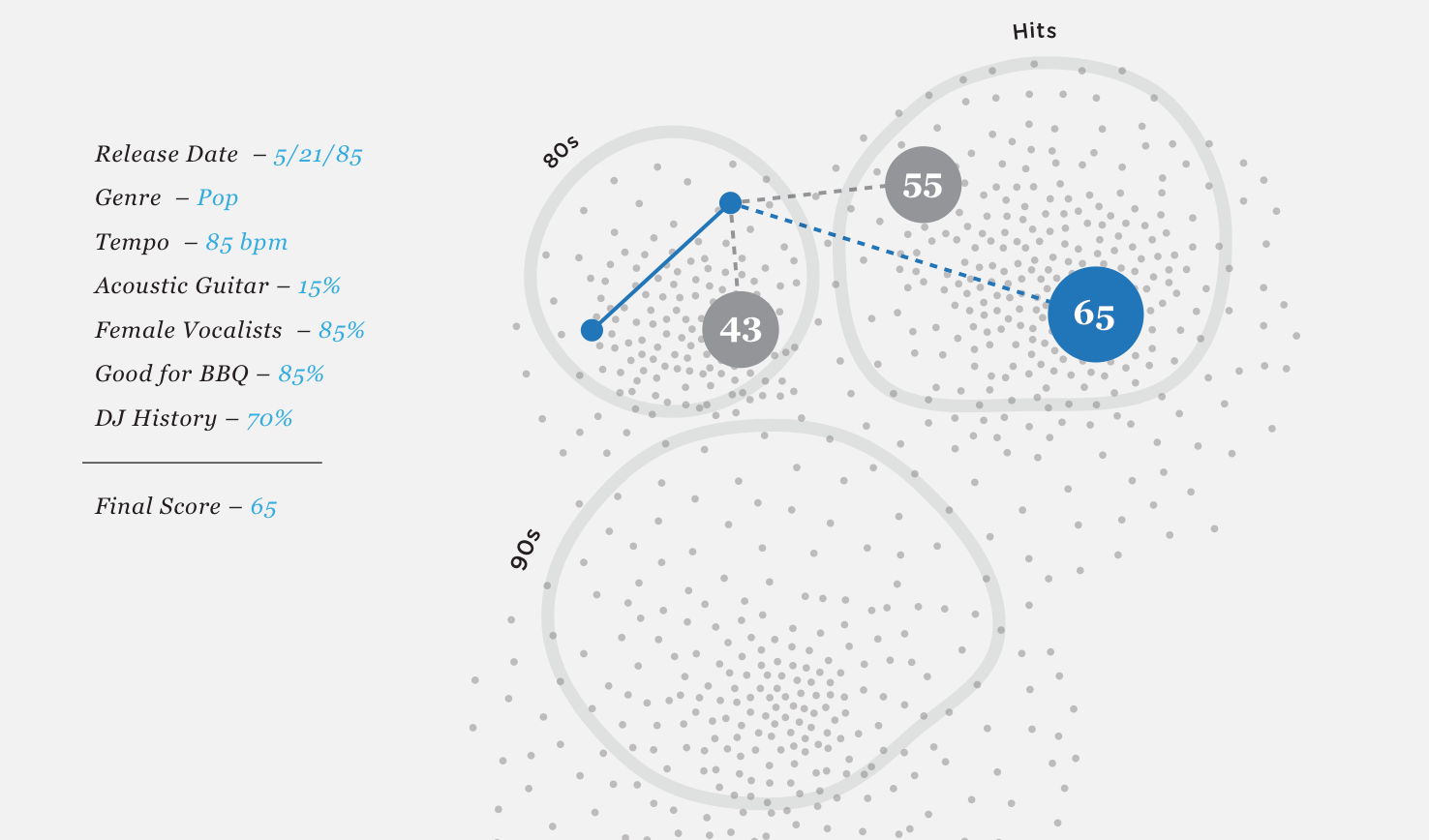
Profile evolution based on behavioral interactions (ML modeling)


Journey map for Custom Channels - Two ways in, Pivoting from a song or starting with a search.
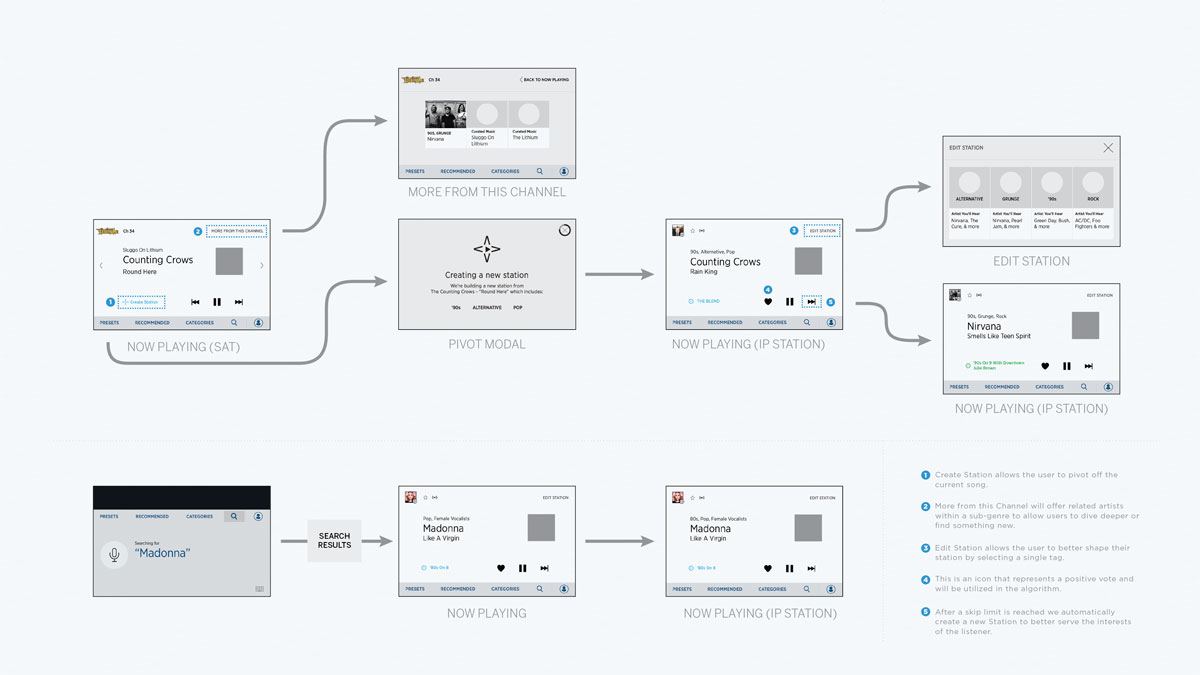

Genre evolution based on user behavior (ML modeling)


Cross-Platform Experience
We designed this experience with all moments in mind, in-vehicle, in the pocket, or in the living room. We conducted usability studies in-vehicle to determine if people could find what they were looking for even if driving. We did this by fitting a tablet into an SUV and doing a ride-along with users to study their behavior in an unmoderated manner. They would drive around a closed parking lot and attempt a few tasks we prompted them with. Can you search to find a song, can you favorite a song you want to hear again, and can you find a channel deep in the catalog.
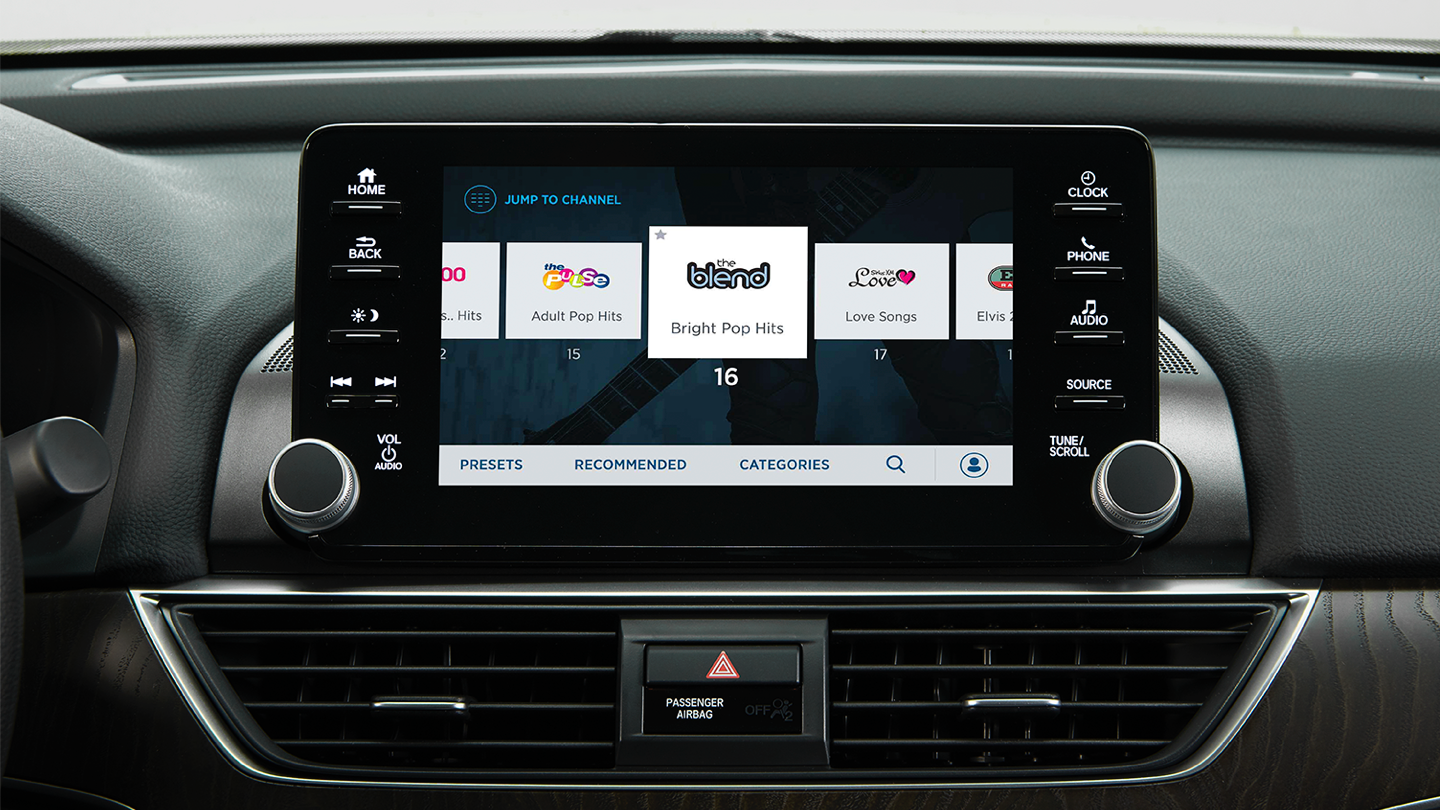
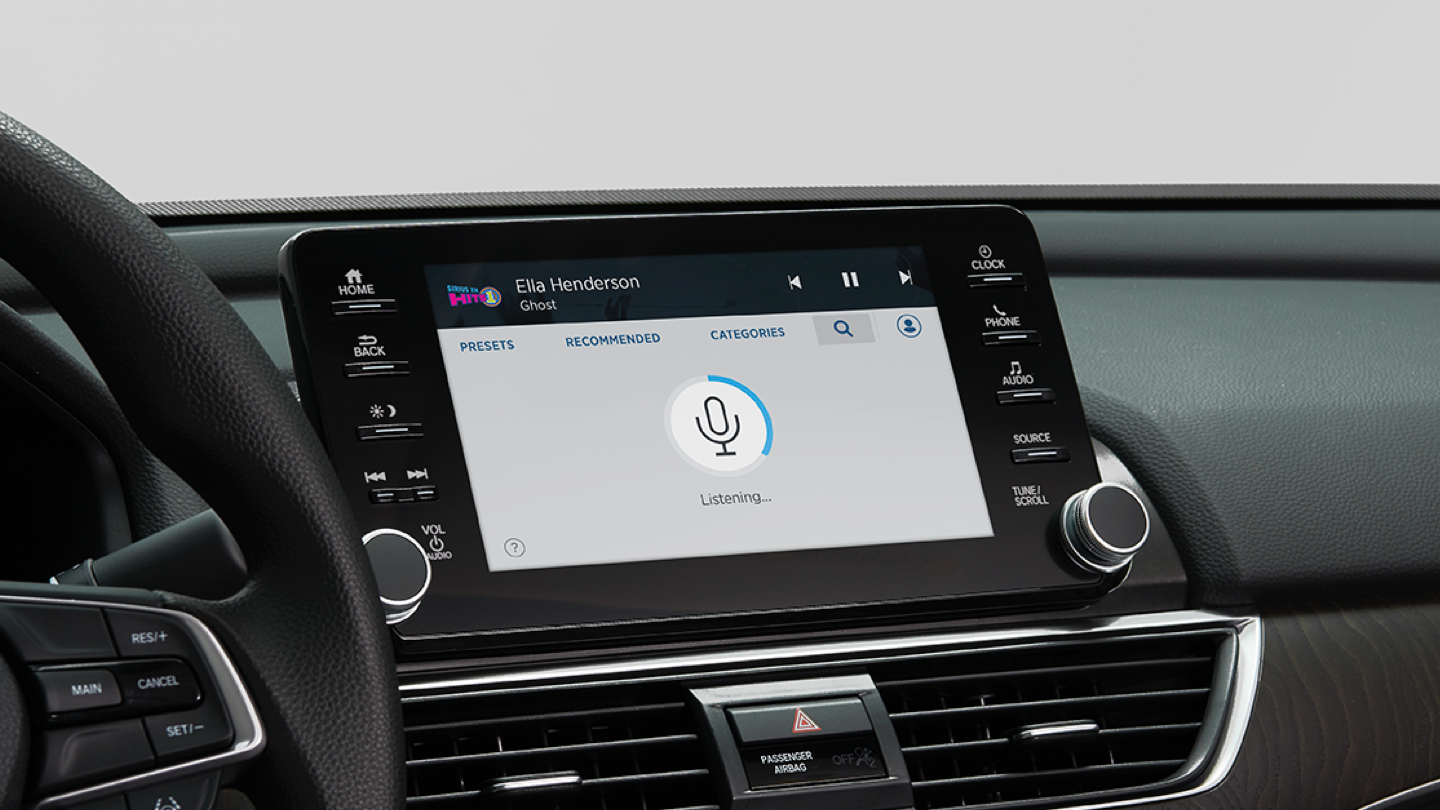

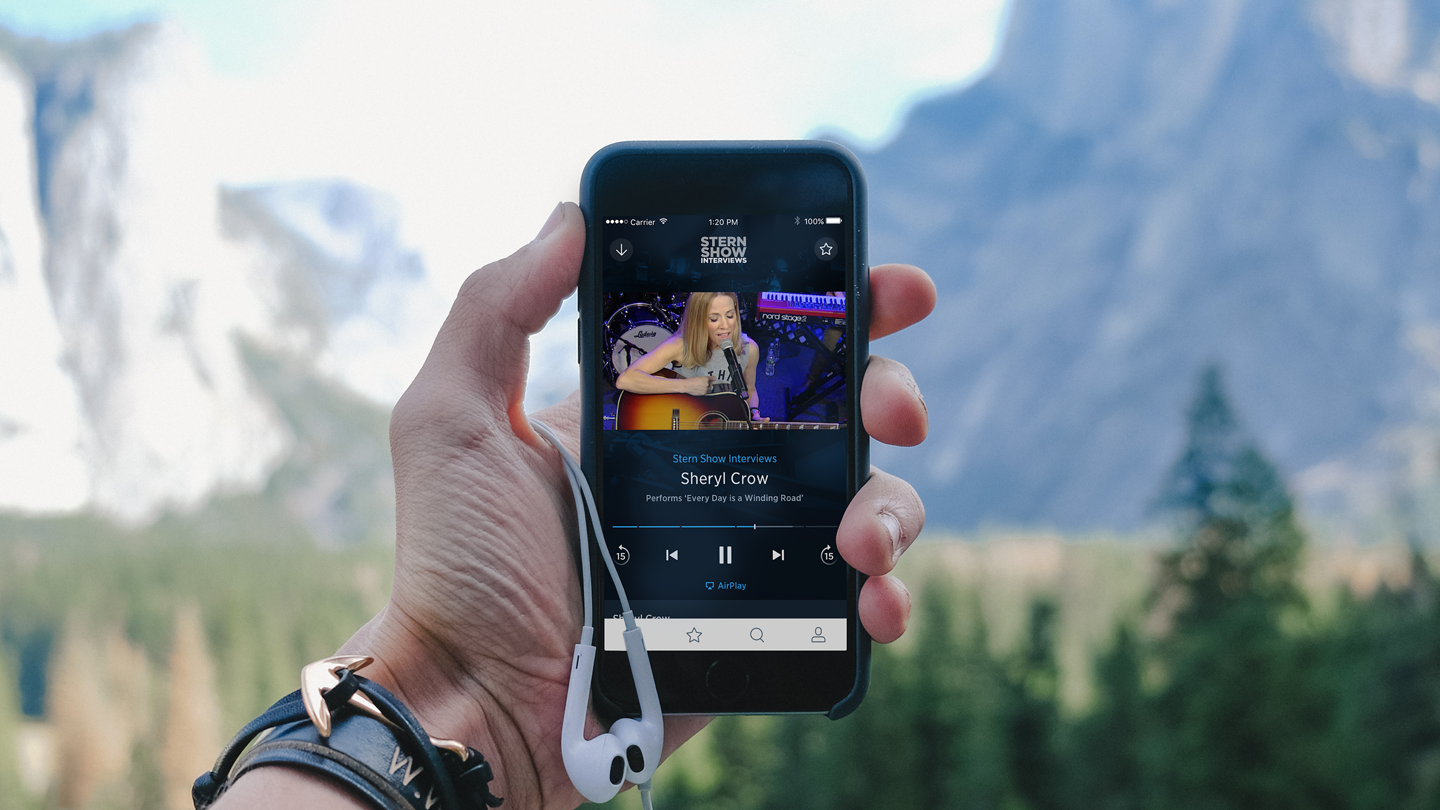
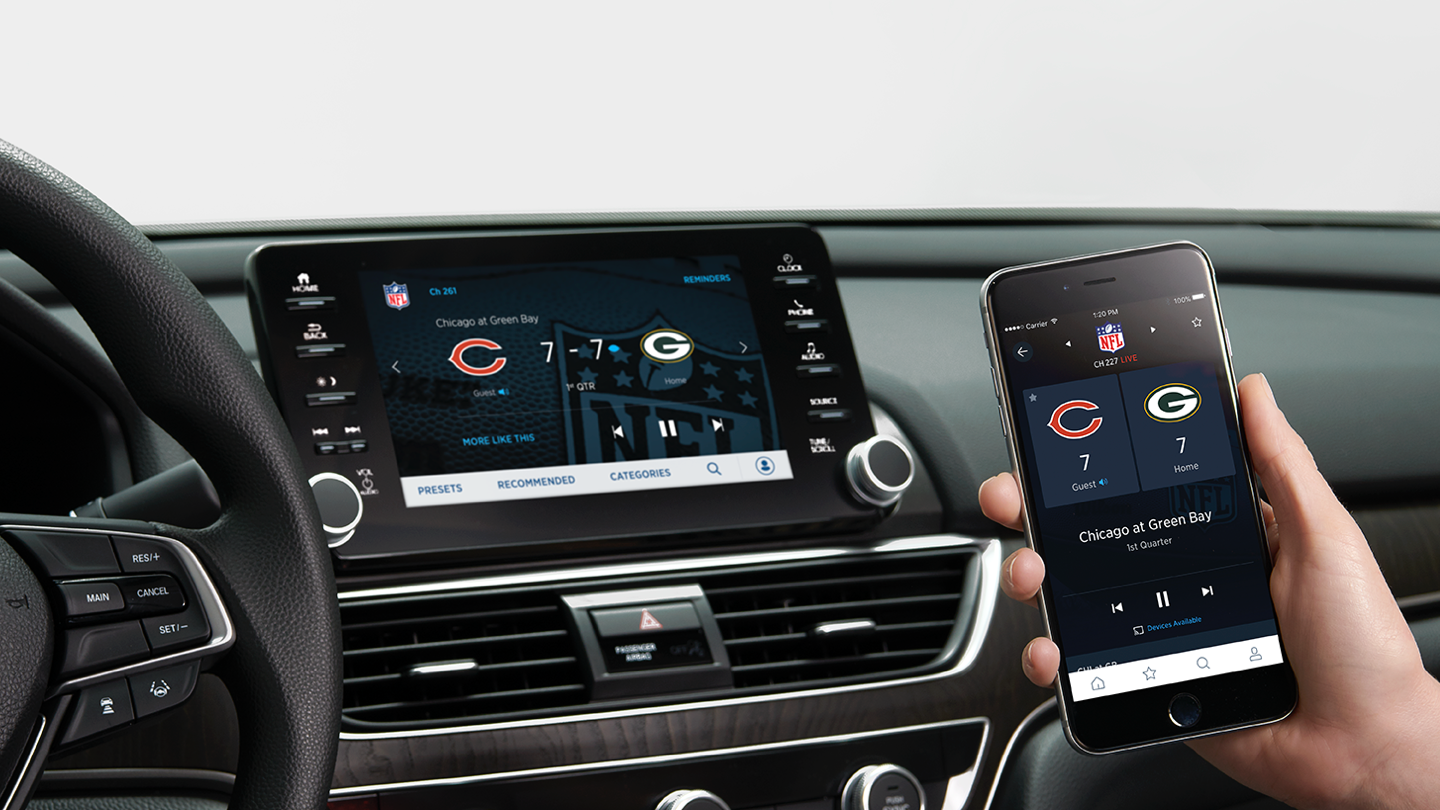


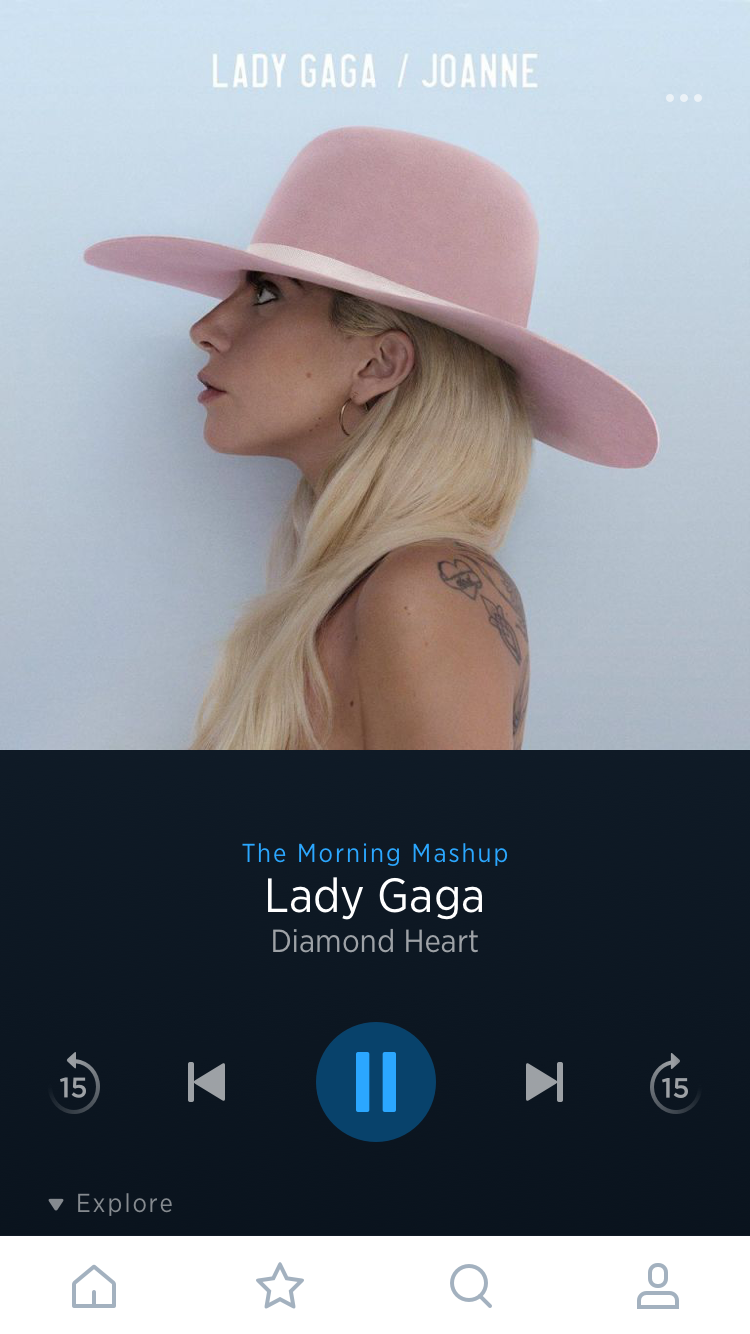

Designing for in-home TV experiences
One consideration we identified for TV apps is the average living room configuration would have a user about 10 feet from the screen there were interacting with. This let us know the interface and interactions had to be clean, simple, and very clear. Everything we created for the TV experience filtered through this constraint.
